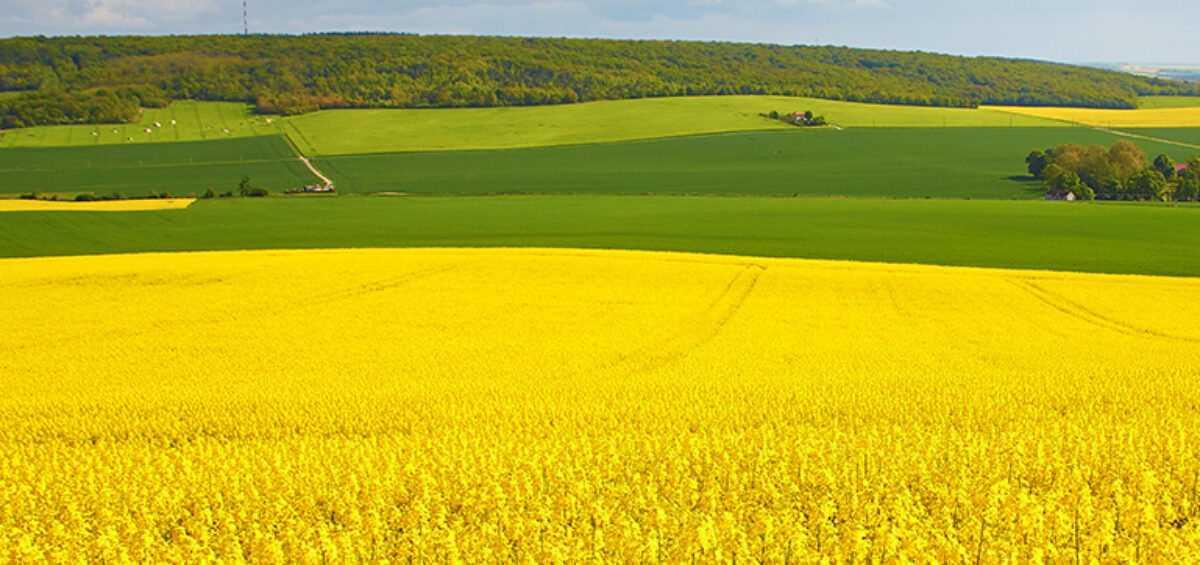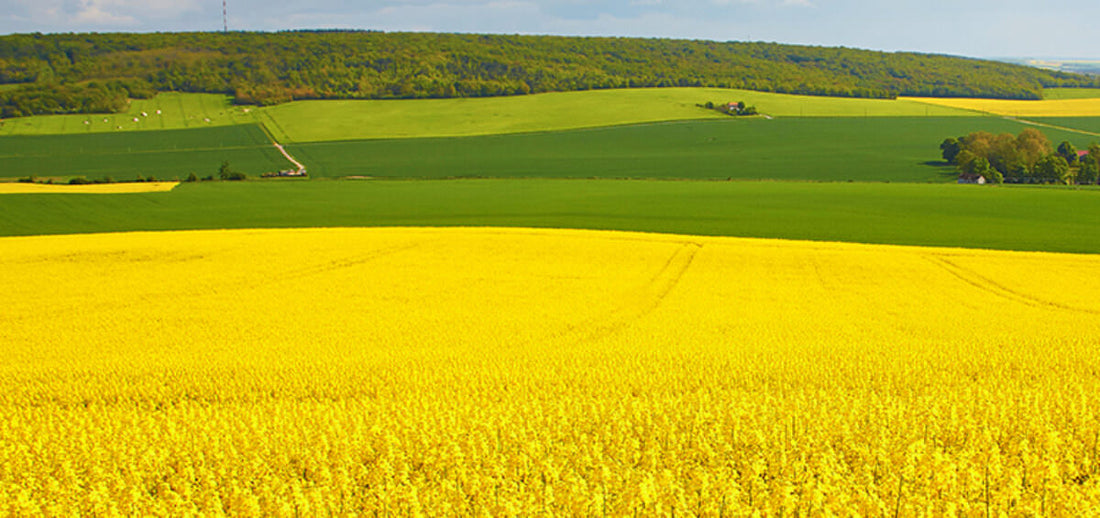
High Quality and Healthy soil is the base for successful farm management. By using best soil tillage practices, farmers can ensure a well-prepared soil that will manage weeds, recycle plant nutrients, provide a soft mass for sowing, and a suitable surface for seeds.
Soil tillage is the first and most important activity in every crop production
In the process of preparing the soil for growing crops, soil tillage is the first and most important activity. It directly affects the final yield and that’s why it needs to be carried out properly. During the crop production process, farmers perform several types of soil tillage.
The Effect of Soil Tillage on Yield--Undermining or mole drainage—a poorly used tillage practice; mainly to solve standing water and soil porosity problem
Plowing — Classified into very shallow, shallow and pre-sowing plowing, this practice is the base of soil tillage; it improves soil microbiological activity, destroys already emerged weeds and prevents losses of moisture from the soil by evaporation.

Disking — Plays a huge role in preparing the soil for sowing; disking breaks up clods and surface crust, thereby improving soil granulation and surface uniformity
Harrowing — Creates a crumbly layer for planting thus protecting the soil surface from rapid drying and enhancing plant nutrient availability
Rolling — The final soil tillage practice to create smooth and firm seedbed and press the seeds into the soil for faster germination
Not all tillage practices are included in one crop production cycle. They differ on the type of crop production and crop itself, as well as on the phase of the crop cycle. In other words, prior crop sowing, a farmer will perform heavy tillage practices in order to loosen the soil and prepare it for crop growth. While, after the crop germination or during its growth, lighter tillage practices will provide better soil performance and therefore faster crop growth.
Still, that doesn’t mean that all farm practices need to be performed during a single crop production cycle. A farmer decides which tillage practices to include in his farming and that way determines his own path to success.


